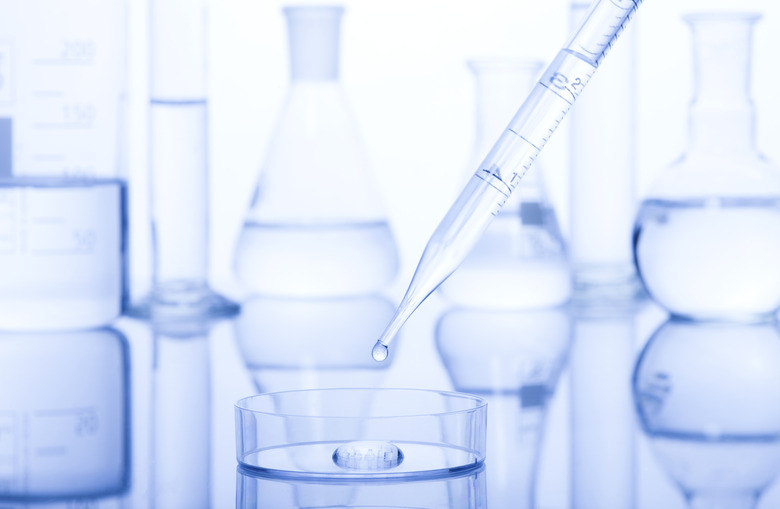How To Convert Tds To Conductivity
Conductivity refers to a substance's ability to hold an electric current. Most of the time the conductivity of water is measured. Units for conductivity are measured in microsiemen per centimeter, uS/cm. Pure water cannot hold an electric charge but water that contains minerals and salt can. Therefore conductivity is related to the amount of salt and minerals in the water. The salt amount in water is known as TDS, or total dissolved solids. This is measured in parts per million, ppm, which can also be converted to mg/L.
1. Determine the Conversion Factor
Determine the conversion factor needed to convert TDS to conductivity. The conversion factor will depend on the types of minerals and salts dissolved in the water. This conversion factor can be found in published tables. If the actual conversion factor cannot be found, then 0.67 is frequently used as an approximate conversion factor.
2. Measure the TDS
Use a TDS meter to measure the TDS of your water or solution. Turn the TDS meter on and stick the probe into the solution. Record the TDS reading.
3. Divide by the Conversion Factor
Divide the TDS by the conversion factor. This will give you the conductivity of the solution.
\(\text{conductivity} = \frac{\text{TDS}}{\text{conversion factor}}\)
References
- WIlkes University: Conductivity and Water Quality
- Water Quality Products: Water 101: TDS
- Fundamentals of Hydrology: Timn Davie: November 2002
Cite This Article
MLA
Tomas, Liz. "How To Convert Tds To Conductivity" sciencing.com, https://www.sciencing.com/convert-tds-conductivity-7381015/. 5 December 2020.
APA
Tomas, Liz. (2020, December 5). How To Convert Tds To Conductivity. sciencing.com. Retrieved from https://www.sciencing.com/convert-tds-conductivity-7381015/
Chicago
Tomas, Liz. How To Convert Tds To Conductivity last modified March 24, 2022. https://www.sciencing.com/convert-tds-conductivity-7381015/
